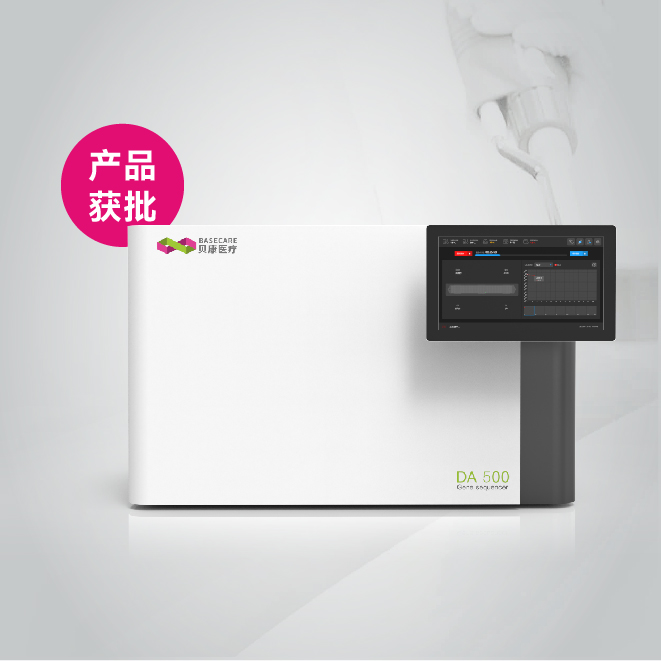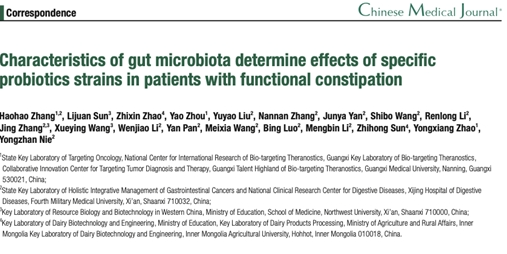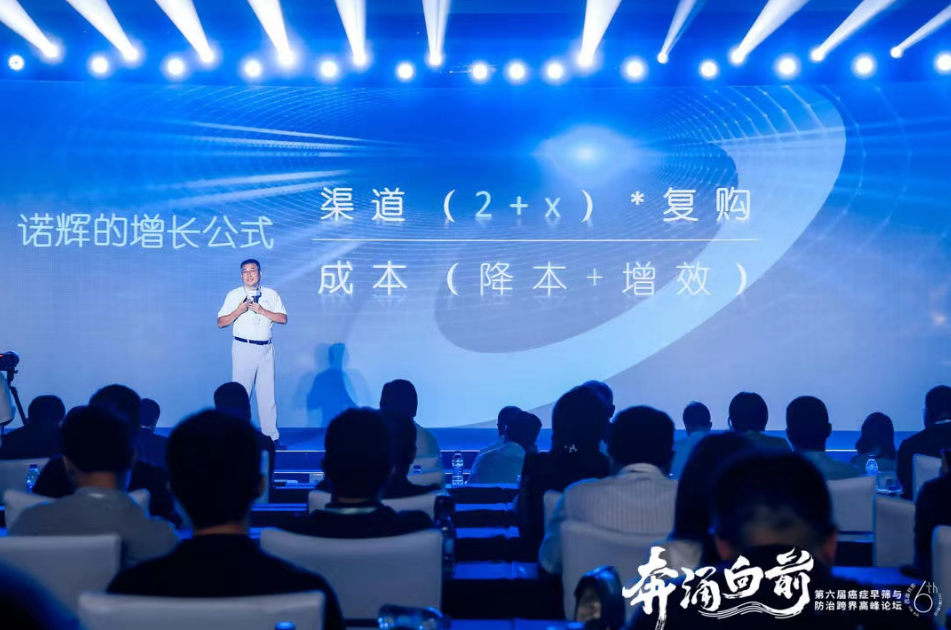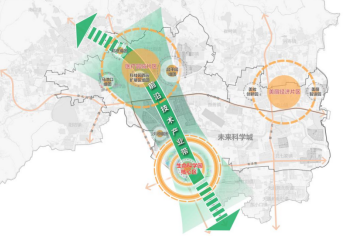Kenneth J. Livak* and Thomas D. Schmittgen†,1
*Applied Biosystems, Foster City, California 94404; and †Department of Pharmaceutical Sciences, College of Pharmacy,
Washington State University, Pullman, Washington 99164-6534
The two real-time, qmuaonsttitcaotimvemPoCnRly euxspeedrimmeenthtsodasretoabasnoalluytzee qduaatnatiffriocma- such as an untreated control or a sample at time zero tion and relative quantification. Absolute quantification deter- in a time-course study. mines the input copy number, usually by relating the PCR signal Absolute quantification should be performed in situto a standard curve. Relative quantification relates the PCR signal ations where it is necessary to determine the absolute of the target transcript in a treatment group to that of another transcript copy number. Absolute quantification has sample such as an untreated control. The 22DDCT method is a been combined with real-time PCR and numerous reconvenient way to analyze the relative changes in gene expression ports have appeared in the literature (6–9) including from real-time quantitative PCR experiments. The purpose of this report is to present the derivation, assumptions, and applications two articles in this issue (10, 11). In some situations, of the 22DDCT method. In addition, we present the derivation and it may be unnecessary to determine the absolute tranapplications of two variations of the 22DDCT method that may be script copy number and reporting the relative change useful in the analysis of real-time, quantitative PCR data. q 2001 in gene expression will suffice. For example, stating Elsevier Science (USA) that a given treatment increased the expression of
Key Words: reverse transcription polymerase chain reaction; gene x by 2.5-fold may be more relevant than stating quantitative polymerase chain reaction; relative quantification; that the treatment increased the expression of gene x real-time polymerase chain reaction; Taq Man.
Reserve transcription combined with the polymer- properly analyze the data. The 22DDCT method may be ase chain reaction (RT-PCR) has proven to be a power- used to calculate relative changes in gene expression ful method to quantify gene expression (1–3). Real- determined from real-time quantitative PCR experitime PCR technology has been adapted to perform ments. Derivation of the 22DDCT equation, including quantitative RT-PCR (4, 5). Two different methods of assumptions, experimental design, and validation analyzing data from real-time, quantitative PCR ex- tests, have been described in Applied Biosystems User periments exist: absolute quantification and relative Bulletin No. 2 (P/N 4303859). Analyses of gene expresquantification. Absolute quantification determines the input copy number of the transcript of interest, usually sion data using the 22DDCT method have appeared in by relating the PCR signal to a standard curve. Rela- the literature (5, 6). The purpose of this report is to tive quantification describes the change in expression.







